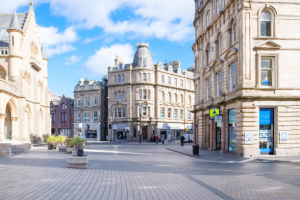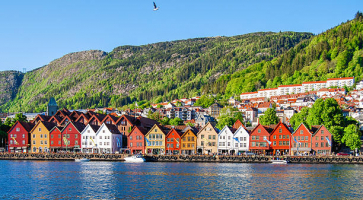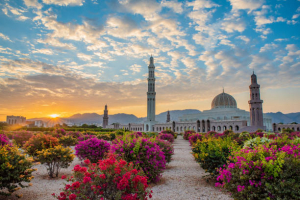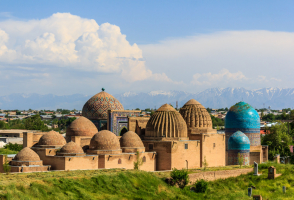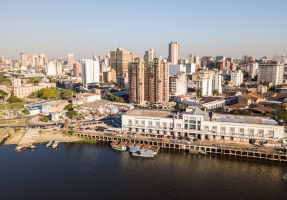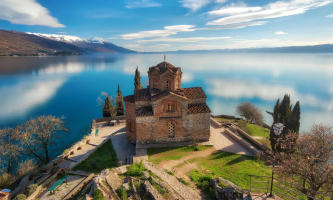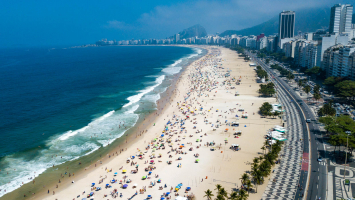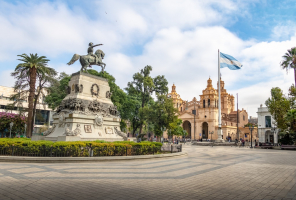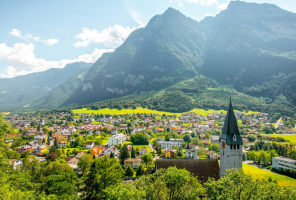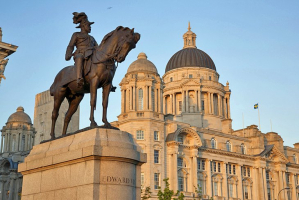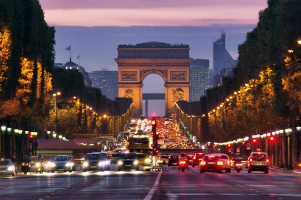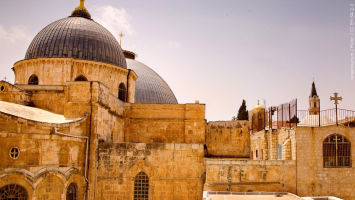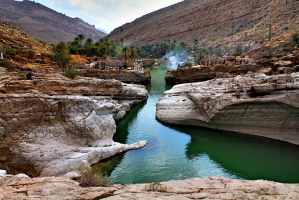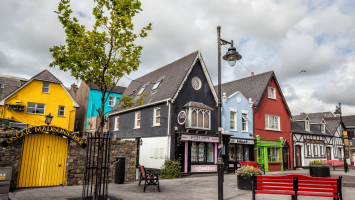Top 8 Reasons to Visit Italy
Italy is a destination where even one visit is insufficient due to its natural beauty, excellent food, art, and flair. These are just a few of the many reasons ... read more...why people adore Italy. If you are intending to buy your flights to Italy as soon as possible, here are some additional reasons to sweeten the deal. And are you thinking where your next global trip should begin? Find out reasons to visit Italy.
-
Italy's history spans millennia. As soon as you step foot on Italian soil, you will notice its ancient history and culture all around you. Historic Italian towns like Rome will show you massive traces of a strong ancient empire, the Papal State, and Renaissance noble families, whereas smaller cities like Florence will transport you to the Middle Ages. Middle Age footprints can also be found in Viterbo, Bracciano, Perugia, and Venice. Sardinia, on the other hand, is home to the Bronze Age Nuraghe stone castles and villages from the Mediterranean island's old culture.
Because Italy's unification, or Risorgimento, into a single state of the Kingdom of Italy occurred relatively early in the nineteenth century, the diversity of its small states and kingdoms has been preserved. Although they all speak the same language, each region has its unique dialect, food, history, culture, and traditions. Among the many regional foods available in Italy, try the Pizza Napoletana in Campania or the "Naked" ravioli with ricotta and spinach in Tuscany. People admire Italy for numerous reasons, including the diversity of its culture and its vast historical legacy. For many people, this fact becomes one of the reasons to visit Italy.
- Travel tips: Even if you don’t plan a historic excursion here, some locations are hard to resist visiting: Colosseum, Pisa, Pompeii, Venice, Doge's Place.
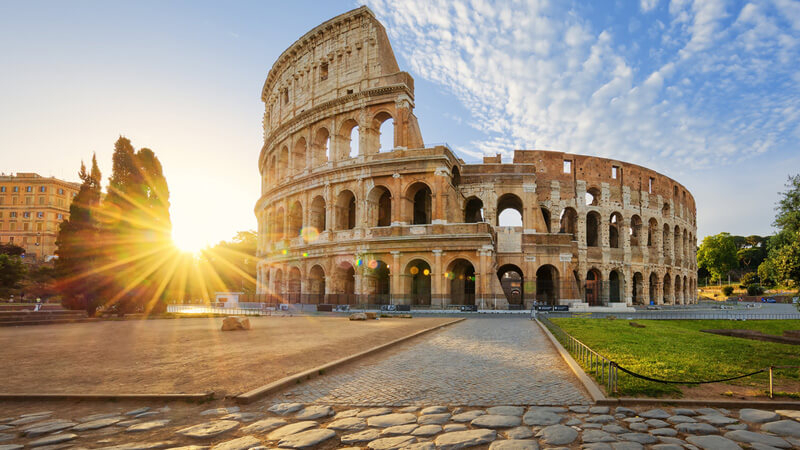
Why One Should Travel To Italy. Photo: https://www.easemytrip.com/blog/travel-to-italy 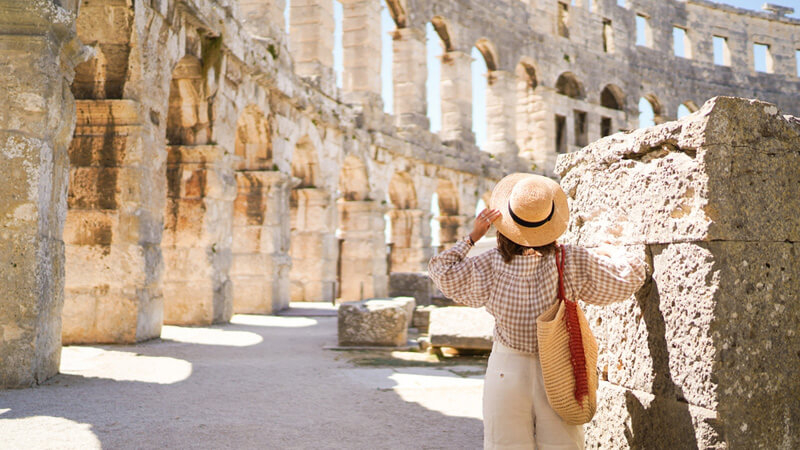
Why One Should Travel To Italy. Photo: https://www.easemytrip.com/blog/travel-to-italy -
Many people have been drawn to Italy's rich history of art and architecture over the years. The country's architectural and artistic marvels date back before Roman times and continue to this day. Every age has its treasures and devotees, but the country is famed for its world-changing artists, architects, engineers, and innovators. Look at Michelangelo's 'Pieta' and 'The Last Judgment,' Leonardo da Vinci's 'Renaissance Man,' or Titian's 'Venus of Urbino' to be amazed by their artistic talent or to drink up some culture.
The country is a sanctuary for anyone interested in exploring architecture and design throughout the centuries. These sculptures can be found on any street or road; in fact, it's hard to travel around without coming across a piece of history. Florence's elegant streetscapes, Rome's beautifully preserved Colosseum, the incredible painted ceiling of the Sistine Chapel and the perfect marble dome of St Peter's Cathedral in Vatican City, Venice's beautiful arched bridges over its canals, and Positano's postcard-perfect tiers of colorful cottages are just a few examples of what Italian art and architecture have to offer.
- Travel tips: Museums are generally booked far in advance, so get your tickets to skip the long lines as that’s one of the most important things to do before traveling to Italy.
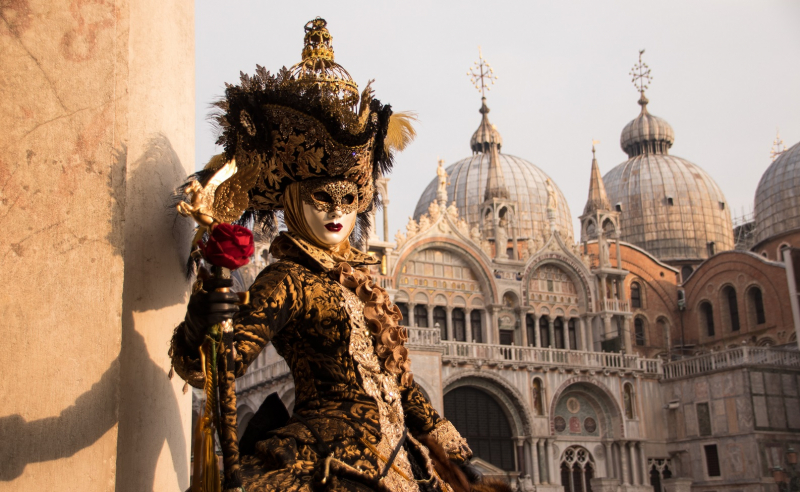
Famous Buildings In Italy. Photo: https://trip101.com/article/famous-buildings-in-italy 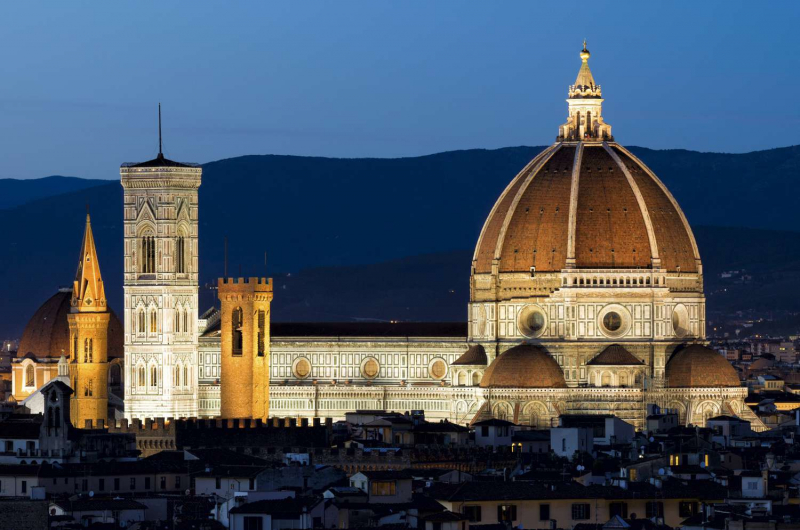
Art and Architecture in Italy. https://www.enchantingtravels.com/travel-blog/art-architecture-italy/ -
Toplist can give you 55 reasons to visit Italy if you consider the number of World Heritage Sites. Yes, the little country of Italy has the most UNESCO World Heritage Sites of any European country. It has 55 sites, 50 of which are cultural and five of which are natural. Italy, the cradle of the Roman Empire and the Renaissance, is home to Pompeii, Herculaneum, and Torre Annunziata, as well as the historical centers of Florence, Naples, and Rome, as well as the Dolomites. Explore the remains of the ancient Roman cities of Pompeii and Herculaneum, which were buried by Vesuvius' eruption in A.D. 79.
Among the very first Italian UNESCO World Heritage Sites, Florence is the symbol of the Renaissance. The city, founded in 59 BC, was a leader in Italian and European history from the beginning. As the capital of Italy in one certain period, its 600 years of extraordinary artistic activity can be seen in its churches, cathedrals, palaces and walls. Having an overwhelming influence on the development of architecture and the fine arts, the city has been shaped by many essential figures, such as Petrarca, Boccaccio, Michelangelo and Leonardo da Vinci. It is enclosed within the old medieval walls that surround this part of the city, which rose to economic and commercial power under the infamous Medici family in the 15th and 16th centuries.
Situated in one of the top 10 most beautiful wine regions in Europe, San Gimignano is nestled among the rolling hills covered with rows of grapevines, terra cotta roofs, and fortified towers. At the top of the hill, you can clearly see the two main squares, Piazza della Cisterna and Piazza del Duomo, which have been the centre of life for many centuries. Dotted around the squares, no less than 72 tower-houses were built as symbols of their wealth and power. However, only 14 fortified towers still remain, from which the Towers of Fortune and Destiny are the most prominent. As well as being an important resting point for pilgrims during the Middle Ages, the city holds several masterpieces of 14th and 15th-century Italian art found in numerous religious and public buildings.
- Travel tips: You should iscover all of the well-kept secrets of UNESCO sites in Italy before venturing on a magical journey of your own.
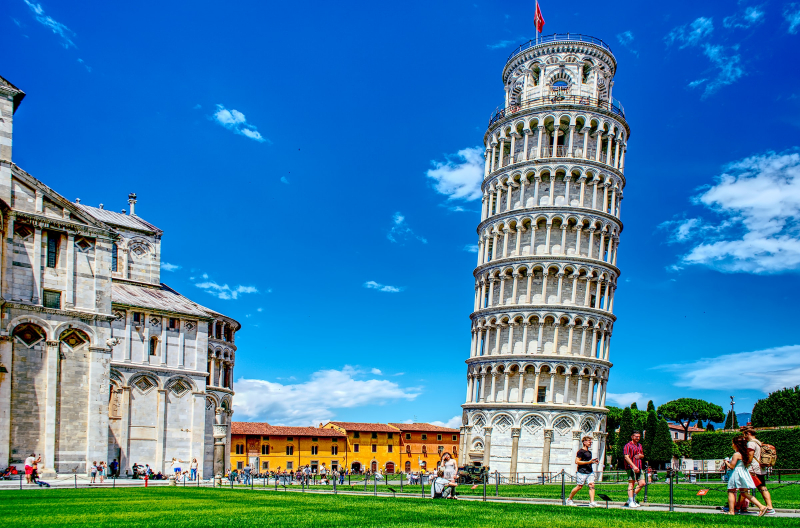
UNESCO sites in Italy. Photo: https://www.mappingmegan.com/best-unesco-world-heritage-sites-in-italy/ 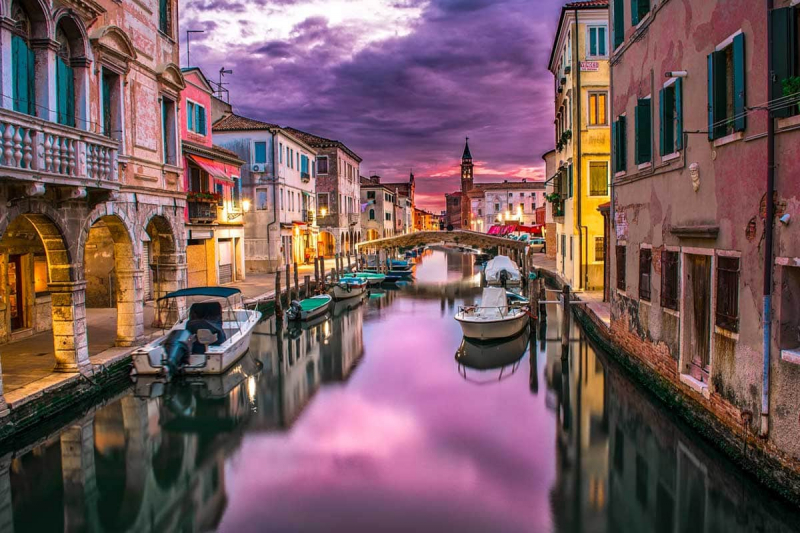
UNESCO World Heritage Sites in Italy. Photo: https://globalcastaway.com/unesco-world-heritage-sites-in-italy/ -
Italian's natural scenery is simply breathtaking. Everything from majestic mountains and picturesque lakes to sunny coastlines and stretches of dark green woodlands is diverse. Their breathtaking views are just one of the reasons to visit Italy.
You may hike, ride, or ski in the Dolomites in the northeast and the snow-capped Italian Alps in the north. The Dolomites' 18 summits, rising above 3,000 meters and encompassing 141,903 hectares, will provide you with the most spectacular mountain scenery everywhere, with vertical walls, towering cliffs, and a dense network of small, deep, and long valleys.
Discover the lovely lakes that dot the valleys of these gorgeous mountains in Italy. Don't miss the northern lakes of Como, Maggiore, and Garda, which are surrounded by verdant mountains and beautiful hills. Are you sick of mountains and lakes? Get lost in Sicily's aromatic orange fields, get drunk in Tuscany and Lazio's wines, and climb through millennia-old rock-cut dwellings and churches in Basilicata's ravine-cut lands.
- Travel tips: For a soulful trip, staying in a farmhouse near the Tuscan villages and witnessing beautiful sunsets and sunrises is a good starting point.
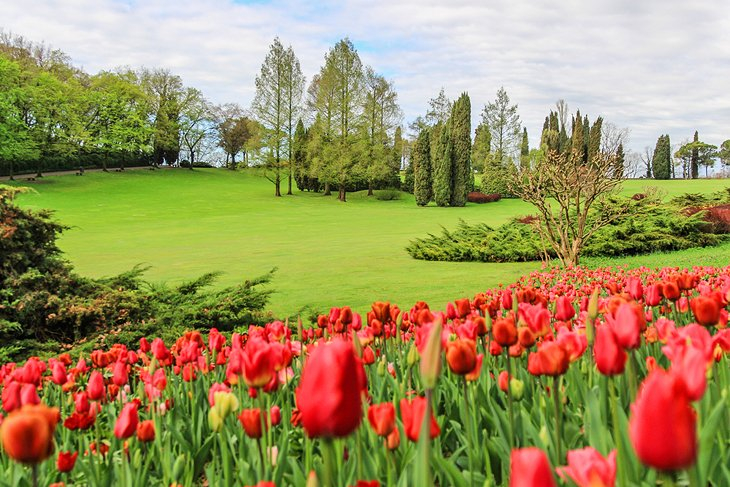
Beautiful Landscapes in Italy. Photo: https://theculturetrip.com/ 
Natural Wonders in Italy. Photo: https://www.pandotrip.com/ -
It is unnecessary to introduce Italian cuisine. Most people all over the world enjoy it. Of course, a trip to Italy delivers authentic delights in more than just your favorite comfort foods like pizza and pasta. While many parts of Italy have their unique specialties, you will not be disappointed no matter where you travel. Enjoy the fresh markets in each region with their new flavors, recipes, ingredients, cheese such as Pecorino or Fossa cheese, bread (such as Focaccia or Coppia Ferrarese), sauces such as carbonara or pesto, and types of pasta - there are over 350 distinct types of pasta!. And gelato can be found virtually anywhere. This short afternoon snack is a cold, creamy pleasure not to be missed. Don’t forget to explore the rich and bold flavors of Italian coffee culture—maybe with an espresso after dinner?
In addition, no Italian lunch would be complete without a glass of the house wine. When you visit Italy, don't forget to try the native wines, which are gently and precisely suited to their delicious food. Italy has a diverse range of wines, regions, grape varieties, and wine styles. Italy has a rich and diversified wine legacy extending back more than four thousand years, including Chianti, Barolo, Prosecco, Valpolicella, Soave, Orvieto, and Etna. With its numerous grape varietals, it's no wonder that Italy has surpassed France in terms of wine production. From the foggy, lush rolling hills of the north to the sun-drenched hills of Tuscany, Umbria, the Marche, and Abruzzo, to the southern territories of Puglia, Calabria, and Basilicata, not to mention the islands of Sicily and Sardinia.
- Travel tips: Don’t forget to indulge in Italian delicacies like Tiramisu or Panne Cotto. Indeed, a meal like this on a quiet outdoor table with a magnificent view is the Italian dream

Great Italian food. Photo: https://www.campaignlive.com/ 
Italian Food. Photo: https://www.lacademie.com/italian-foods/ -
Italy's pristine coastlines are washed by five seas: the Mediterranean, Adriatic, Ionian, Tyrrhenian, and Ligurian. Almost all of Italy's 20 regions (excluding Umbria) have access to the sea, so you're never far from a beach. So, have an unforgettable summer vacation lazing on beaches, eating delicious seafood, and admiring the emerald blue sea. Whatever your beach style is, whether it's opulent resorts or rustic and historic sites, you'll find something to suit your needs and tastes. Along Italy's coast, readers may avoid tourist traps and discover spacious beaches, pristine marine reserves, the tastiest seafood, and stretches that residents have been trying to keep to themselves.
The village of Scopello, perched above the sea in north-west Sicily, is little more than a few lovely alleys with plenty of charm and a glittering bay below, complete with rock stacks and invitingly clean water. The dramatic ancient Tonnara (tuna fishery) adds charm, and Scopello is an ideal base for soul-lifting excursions through the surrounding Zingaro coastal reserve: routes rise through unspoilt hills covered in wildflowers before plunging to exquisite beaches normally only accessible by boat.
- Travel tips: The beaches differ from one region to another but still can meet all demands and satisfy all tastes.It's fine for spending an unparalleled holiday, basking on the sun and admiring the beauty of the azure blue sea.
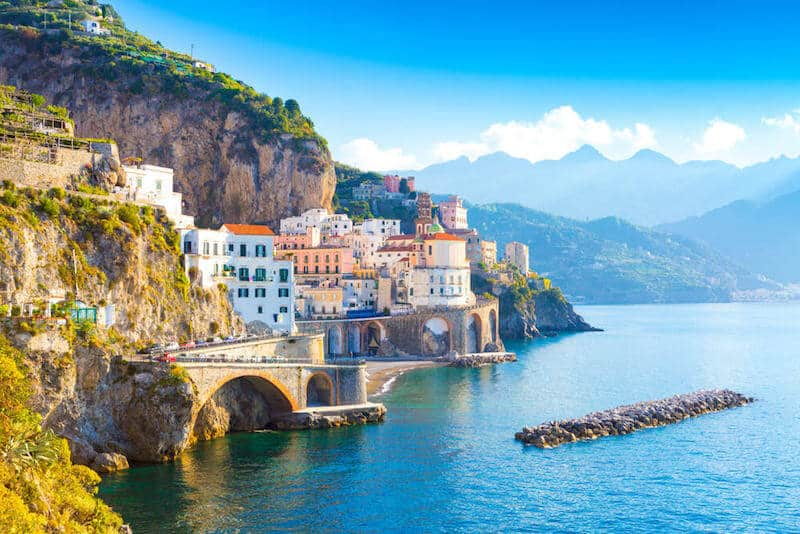
Italy beautiful costlines. Photo: https://www.themediterraneantraveller.com/ 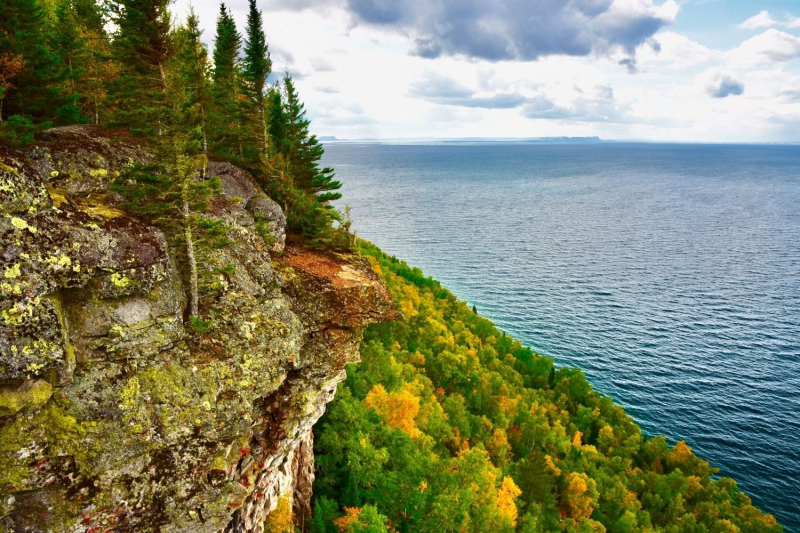
Reasons why Italy is the best. Photo: https://www.this-is-italy.com/13-reasons-why-italy-is-the-best/4/ -
Italy has a vibrant folk music and dance heritage, many of which are based on earlier forms borrowed from nearby (or invading) countries. Again, regional differences produce a wide range of styles, so you can find Italian folk music with Celtic, Spanish, and even Arabic influences. Italian folk musicians use traditional instruments such as simple flutes and even a bagpipe-like instrument known as the piva.
Italy is linked with opera. Opera is a major Italian musical tradition that peaked in popularity in the 1800s. In truth, opera evolved from rowdy performances of singing and dancing with thrilling stage effects intended to entertain Roman audiences in between acts of the original play. They were referred to as intermezzi. The term "opera" simply means "a work," and the form entails a specific style of singing that is more melodious and dramatic than speech but not as focused on melody and harmony as other musical styles. "Dafne," the first authentic opera, premiered in Venice in the late 14th century. Today, many of the best-known opera singers in the world are Italian. Some of the greatest opera singers the world has ever seen have been Italians – Caruso, Pavarotti and more recently, Bocelli.
And Italy fosters and values all types of music. Italian pop music is comparable to other forms of pop music in that it incorporates rock, hip-hop, jazz, and electronic dance music. There are numerous music events to attend, ranging from Umbria Jazz to the Ravello Classical Music Festival, as well as the Verona Opera Season and the long-running Sanremo Music Festival. In short, there are music events to satisfy all tastes and genres all around Italy.
And if you can be cheeky and add an 7th reason to visit Italy.
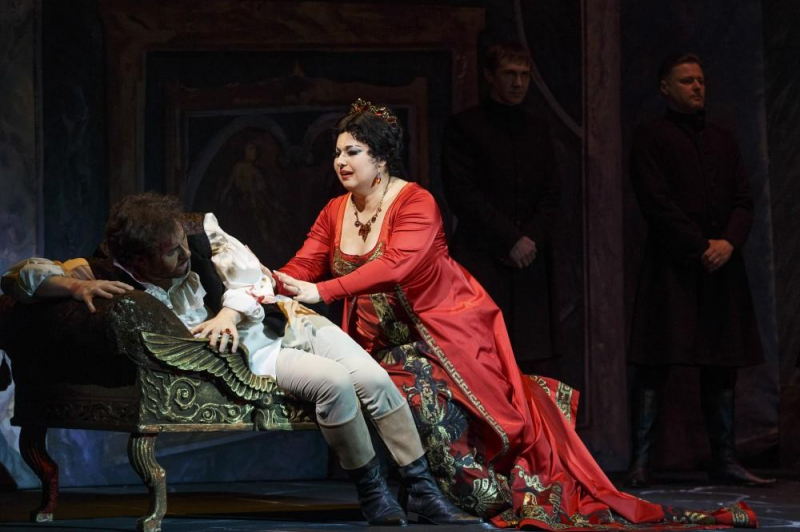
Traditional Italian Music. Photo: https://people.howstuffworks.com/ 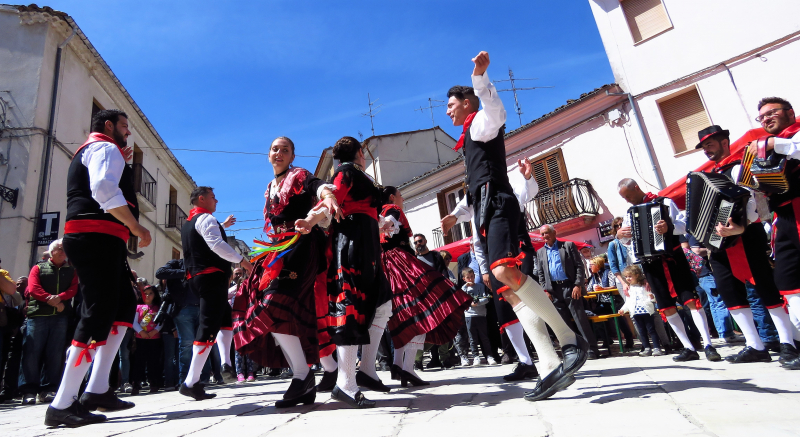
Italian Folk Dances. Photo: https://www.dreamstime.com/ -
Italy has a diverse range of wines, regions, grape varieties, and wine styles. From the misty, lush rolling hills of the north to the sun-drenched hills of Tuscany, Umbria, the Marche, and Abruzzo, to the southern lands of Puglia, Calabria, and Basilicata, not to mention the islands of Sicily and Sardinia, there is something for everyone.
Italy, the birthplace of Chianti, Barolo, Prosecco, Valpolicella, Soave, Orvieto, and Etna, has a long and varied wine history extending back over four thousand years. Italy is known for its bewildering variety of grape varieties and wine styles, but it is also significant for the enormous volume of wine produced. Each region has its own signature wine. Some are well-known because they are mass-produced and can be found all over the world, while others are well-known for their consistent high quality.
Italy, like many other historic wine-producing countries, has a diverse range of grape and wine-derived goods. Grappa (an eau-de-vie made from distilling steaming grape marc, often given a region suffix such as Grappa di Barolo) made throughout the country, bitters/amaros (including Fernet-Branca and Campari), and vermouths of international standing such as Cinzano and Martini are among the best-known.
Therefore, if you are a wine lover, going to Italy and enjoying the wines here.
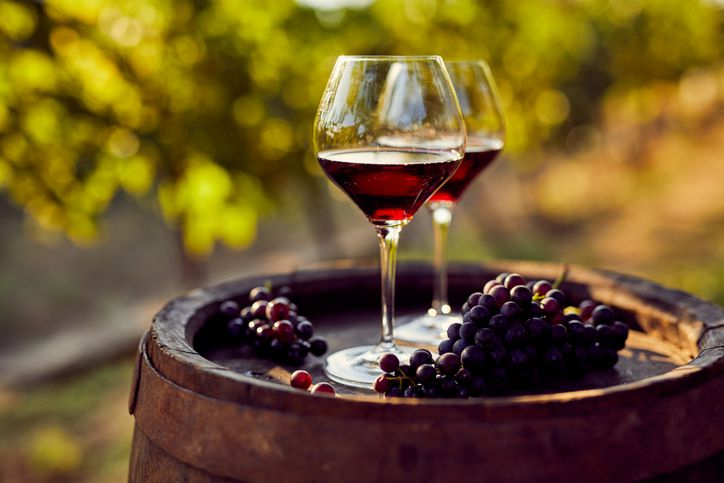
Italian wine for investments. Photo: https://cluboenologique.com/ 
Best Italian Wine. Photo: https://www.liquor.com/best-italian-wines-5114053











